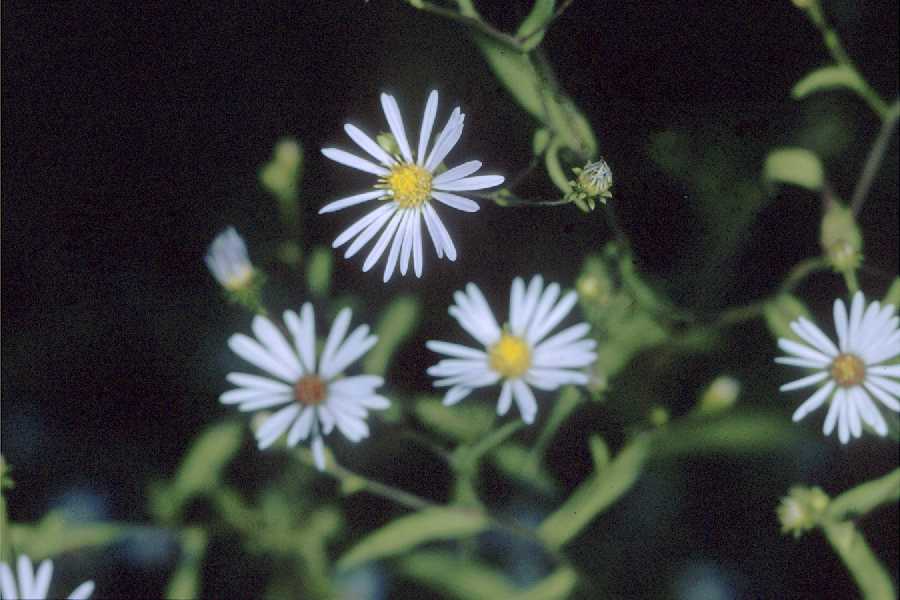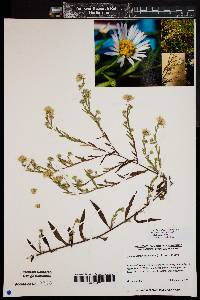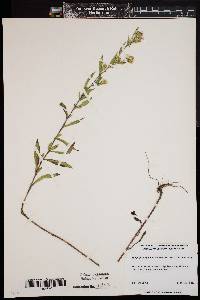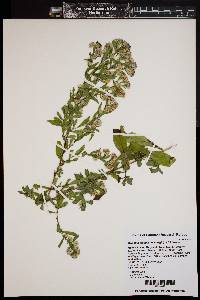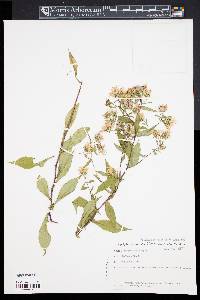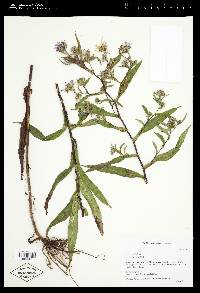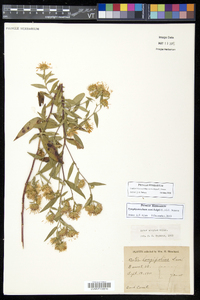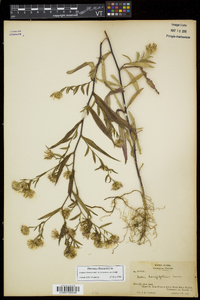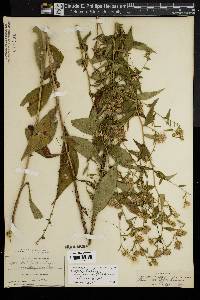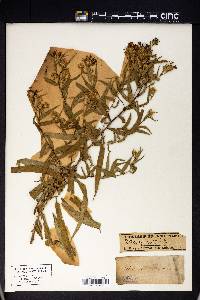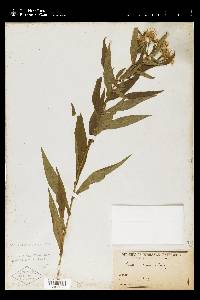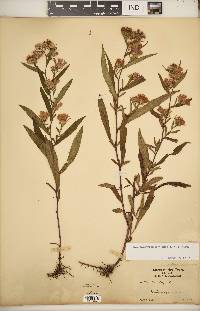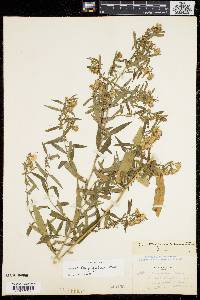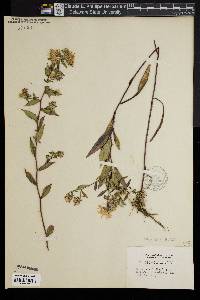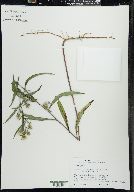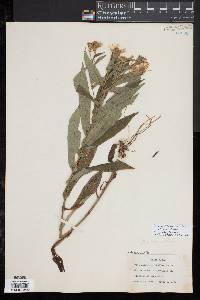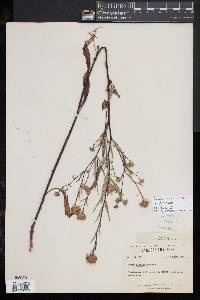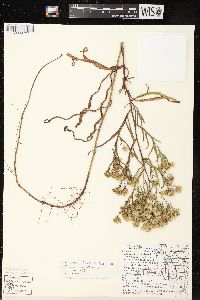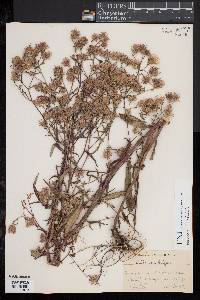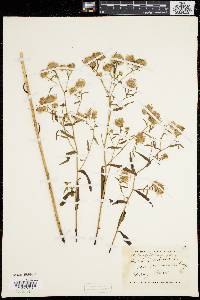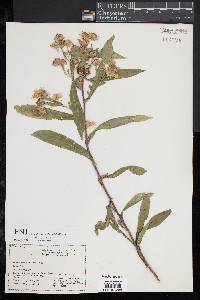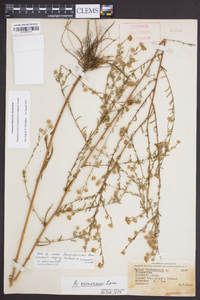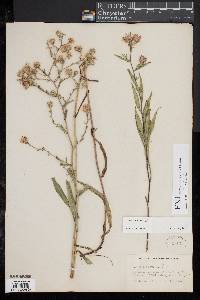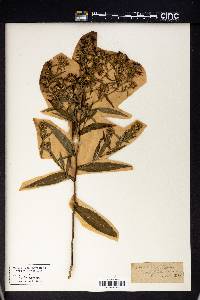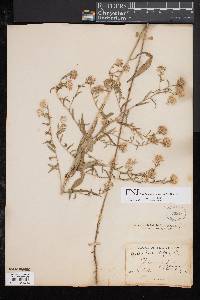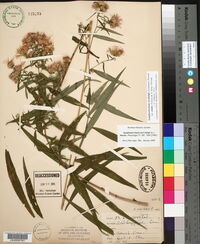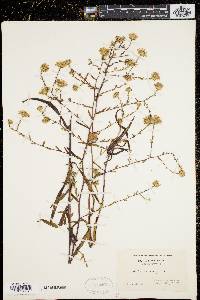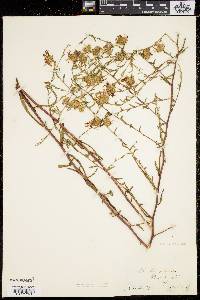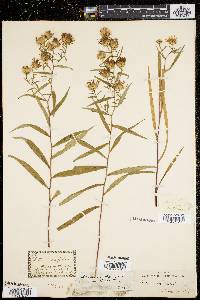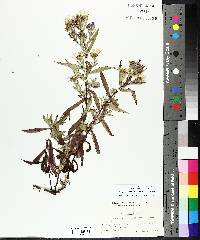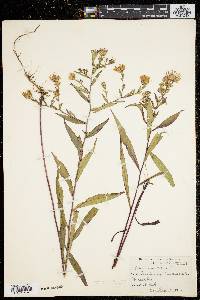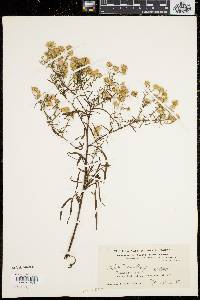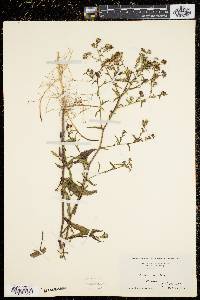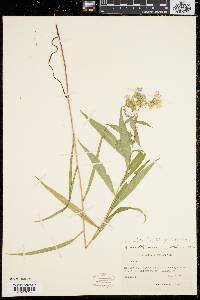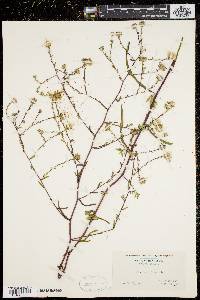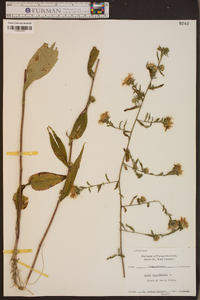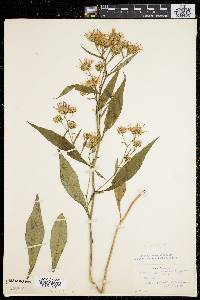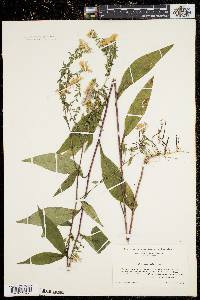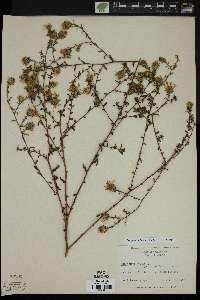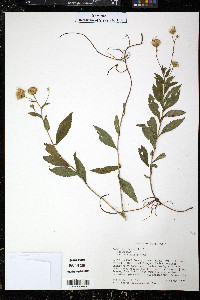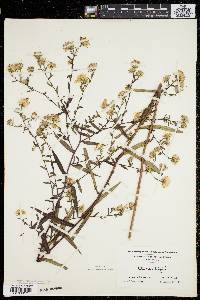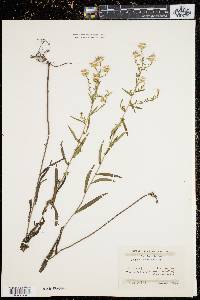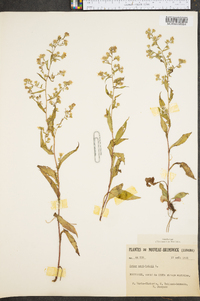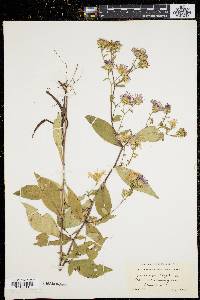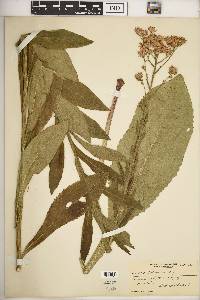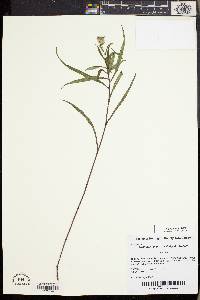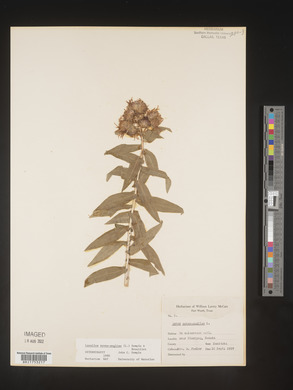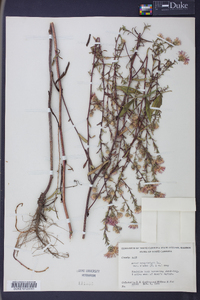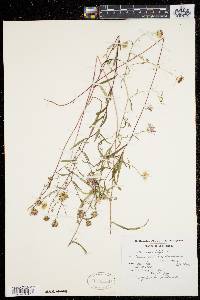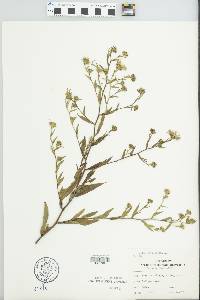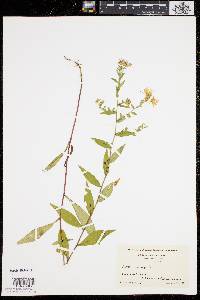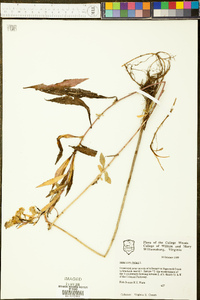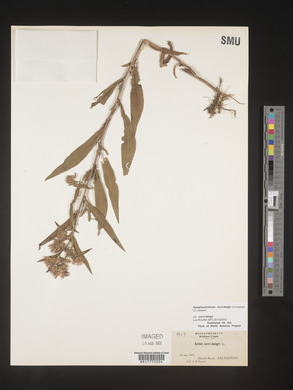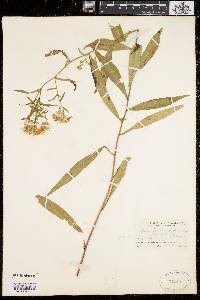
|
|
|
|
Family: Asteraceae
New Belgium American-Aster, more...New England aster
[Aster argutus, moreAster longifolius f. pallens J. W. Moore, Aster novi-belgii L., Aster novi-belgii subsp. johannensis (Fernald) A.G. Jones, Aster novi-belgii var. atlanticus , Aster novi-belgii var. brittonii , Aster novi-belgii var. johannensis (Fernald) A.G. Jones, Aster serotinus Willd.] |
Perennials, 17-100(-140) cm, loosely to densely colonial or sometimes cespitose; long-rhizomatous. Stems 1-5+, erect (straight, stout to slender, often reddish), glabrous and hairy in lines distally or sometimes wholly strigoso-pilose (var. villicaule). Leaves thick, firm, ± fleshy, margins scabrous, apices mucronate, faces glabrous, abaxial midveins sometimes villosulous (var. villicaule); basal withering by flowering, petiolate (petioles winged, bases sheathing), blades ovate to ovate-lanceolate or lanceolate, 17-60+ × 6-11+ mm, bases attenuate to cuneate, apices obtuse; proximal cauline withering by flowering, sessile or widely winged-petiolate (petioles clasping), blades lance-ovate or -obovate to elliptic to linear-lanceolate, 40-200 × 4-40 mm, bases cuneate or sometimes slightly attenuate, sometimes rounded or slightly auriculate, slightly clasping, apices acute to acuminate; distal sessile, blades lance-ovate to linear-lanceolate, 13-62 × 3-15 mm, progressively reduced distally, bases cuneate or ± rounded, sometimes slightly auriculate, ± clasping, margins sparsely serrulate or entire. Heads in open to dense, paniculiform arrays, branches ± divaricate to ascending, leafy with remote, small, gradually reduced branch leaves. Peduncles 4-41 mm, glabrous or moderately pilose, bracts 1-3, lanceolate or ovate to linear-oblanceolate, subtending ones sometimes exceeding involucres, sometimes grading into phyllaries. Involucres campanulate, 6-9 mm. Phyllaries in 3-4 series, oblong-oblanceolate or -spatulate (outer) or oblong-lanceolate to linear-lanceolate or linear (inner), ± unequal to subequal, bases indurate 1 / 5 - 1 / 3 , margins hyaline, scarious, erose and sparsely ciliolate distally, green zones lanceolate, sometimes foliaceous, apices spreading to ± squarrose, usually acute to obtuse or ± long-acuminate, mucronulate, faces glabrous. Ray florets 15-35; corollas usually blue-violet or purple, rarely pink or white, laminae (6-)10-19 × 0.9-2.1 mm. Disc florets 28-68; corollas yellow becoming reddish brown to purple, 4-7.5 mm, tubes shorter than funnelform-campanulate throats, lobes lanceolate, 1-1.5 mm. Cypselae tan to brown, obovoid, compressed, 2-4 mm, 4-6-nerved, faces sparsely strigose to glabrate; pappi sordid to yellowish, 4-6 mm. Symphyotrichum novibelgii is morphologically variable (J. Labrecque and L. Brouillet 1996) and this variation appears to have both genetic and environmental bases. The name Aster foliaceus has been misapplied to members of this complex in eastern North America; various other names also have been misused at the specific or subspecific levels. These are clarified under the varieties below. Hybrids of S. novibelgii, probably mostly var. novibelgii or var. elodes, have been reported with S. lanceolatum and S. lateriflorum.
Large and stout to sometimes small and slender, from long creeping rhizomes; stem 2-14 dm, sometimes puberulent in lines, sometimes glabrous except just under the heads; lvs chiefly cauline, lanceolate to elliptic or lance-linear, sessile and usually ±auriculate- clasping, though often narrowed toward the base, sharply serrate to entire, glabrous except for the scabrous- ciliate margins, often thick and firm, 4-17 cm נ4-25 mm; heads several or many in an open or more often leafy-bracteate infl; invol glabrous, 5-10 mm, its obtuse to sometimes sharply acute bracts ±imbricate or subequal, generally at least some of them with noticeably loose or spreading tip; green portion of the invol bracts evidently tapering and cuneate at the base, or the outermost bracts wholly green; rays 20-50, blue (rose or white), 6-14 mm; 2n=48, 64. Moist places, often in salt-marshes; Nf. to S.C., chiefly near the coast. (A. elodes; A. longifolius; A. tardiflorus) Gleason, Henry A. & Cronquist, Arthur J. 1991. Manual of vascular plants of northeastern United States and adjacent Canada. lxxv + 910 pp. ©The New York Botanical Garden. All rights reserved. Used by permission. |
This project was made possible in part by the Institute of Museum and Library Services [MG-70-19-0057-19].
Powered by Symbiota

